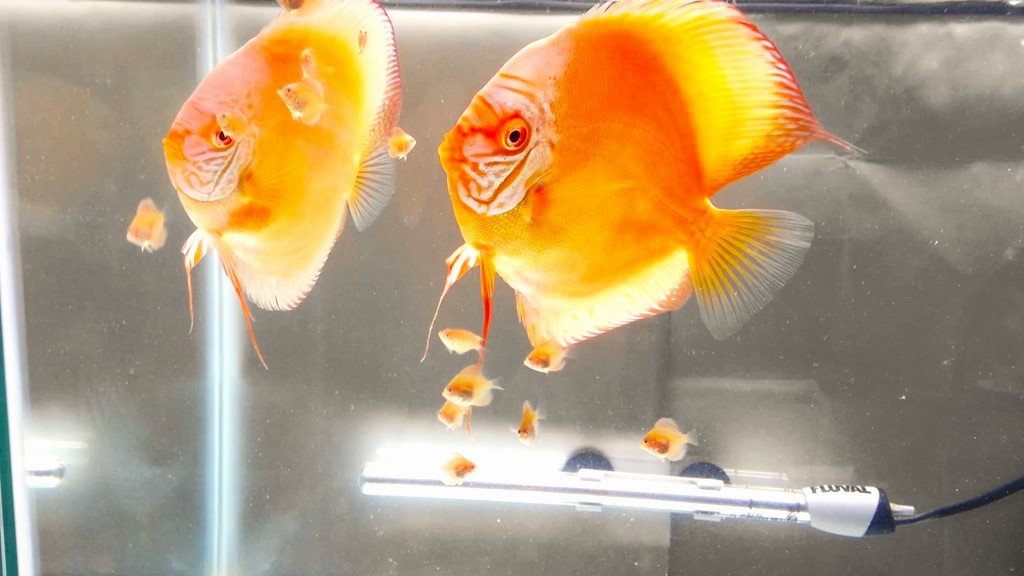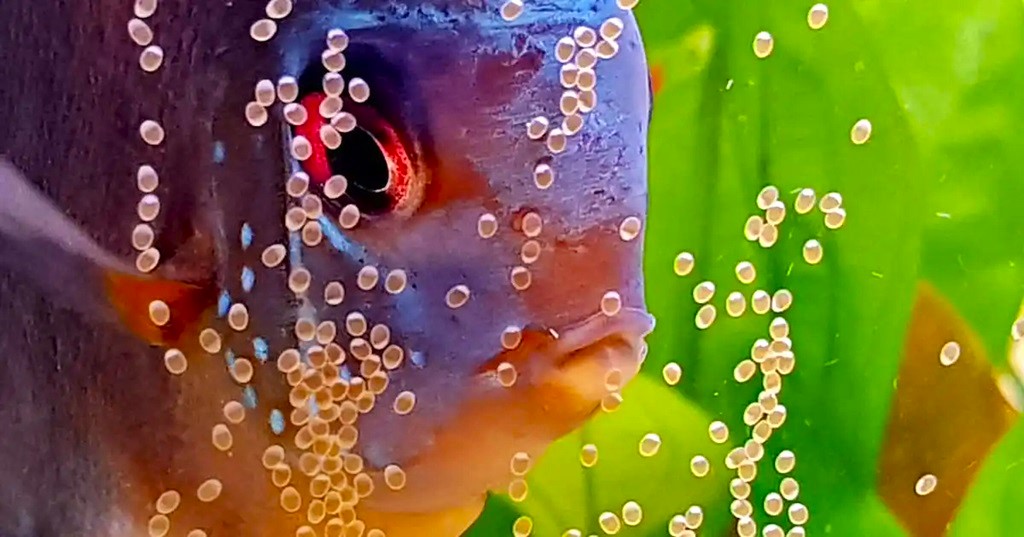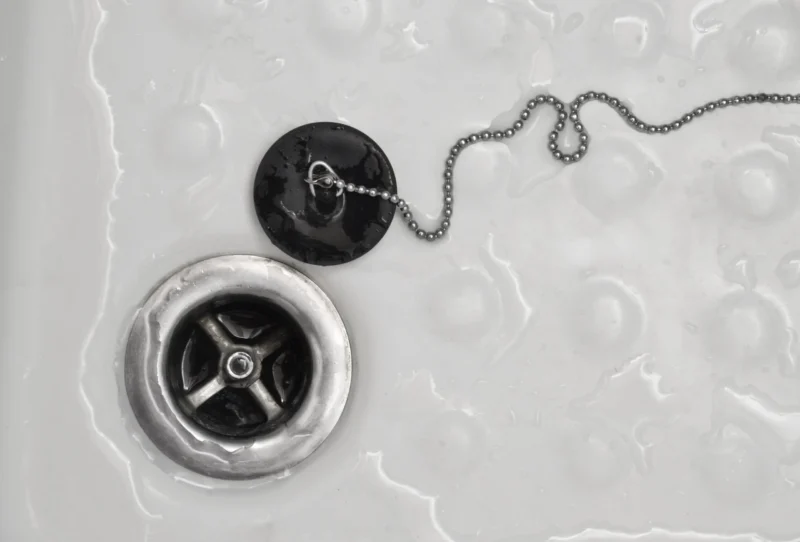Aquarium fish breeding is a captivating process, and understanding how fish lay eggs is key to a thriving tank. While the specifics vary across species, there are common themes and fascinating details to explore.
The Basics of Fish Egg Laying
- Triggers for Spawning:
- Environmental cues: Changes in temperature, light, or water chemistry often signal it’s time to reproduce.
- Mating rituals: Fish have elaborate courtship displays, with colors, movements, and sometimes even nest-building behaviors.
- Types of Egg Layers:
- Scatterers: These fish release eggs and sperm into the water, often among plants for protection. Examples include tetras and barbs.
- Substrate Spawners: They lay eggs on a surface like rocks, leaves, or even the aquarium glass. Discus and catfish are known for this.
- Nest Builders: Some fish create nests out of bubbles (bettas), plant matter, or even sand pits to safeguard their eggs.
- Mouthbrooders: As the name suggests, they hold the fertilized eggs in their mouths for protection until they hatch. This is common in certain cichlid species.
- Fertilization:
- External: Most aquarium fish have external fertilization, where eggs and sperm meet outside the body. This usually happens shortly after the eggs are laid.
- Internal: In a few species, the male fertilizes the eggs inside the female’s body before they’re laid.
Observing the Process in Your Aquarium
Watching your fish spawn is exciting, but be patient! Not all fish will breed in a community aquarium, and some require specific conditions.
- Look for Signs: Watch for changes in behavior:
- Increased aggression or chasing.
- Pairing off of fish.
- Changes in color (especially in males).
- Nesting activities.
- Egg Appearance: Fish eggs vary widely:
- Size: From tiny specks to visible spheres.
- Color: Clear, white, yellow, orange, or even red.
- Location: Scattered, clustered, or hidden.
Related: How to train a cat not to bite
Caring for Fish Eggs and Fry

If you want to raise the fry (baby fish), some extra steps are necessary:
- Separate or Protect:
- Many fish eat their own eggs, so a separate breeding tank is ideal.
- In a community tank, try using a breeding net or box to isolate the eggs.
- Maintain Water Quality:
- Keep the water clean and well-oxygenated.
- Monitor temperature closely.
- Feeding the Fry:
- Once hatched, fry needs specialized food like infusoria or finely crushed flakes.
- Gradually transition to larger foods as they grow.
Additional Tips
- Research: Learn the specific breeding requirements of your fish species.
- Don’t Interfere: Avoid disturbing the fish or eggs during spawning.
- Be Prepared: Have a plan for raising the fry if you want to.
- Enjoy the Process: Fish breeding is a natural wonder, so observe and learn!
Important Note: Some fish breed very easily, while others are quite challenging. If you’re a beginner, start with species known for being good “starter” breeders.
Let me know if you’d like more details on specific fish species or aspects of the breeding process. Happy fish keeping!




